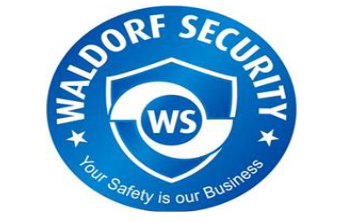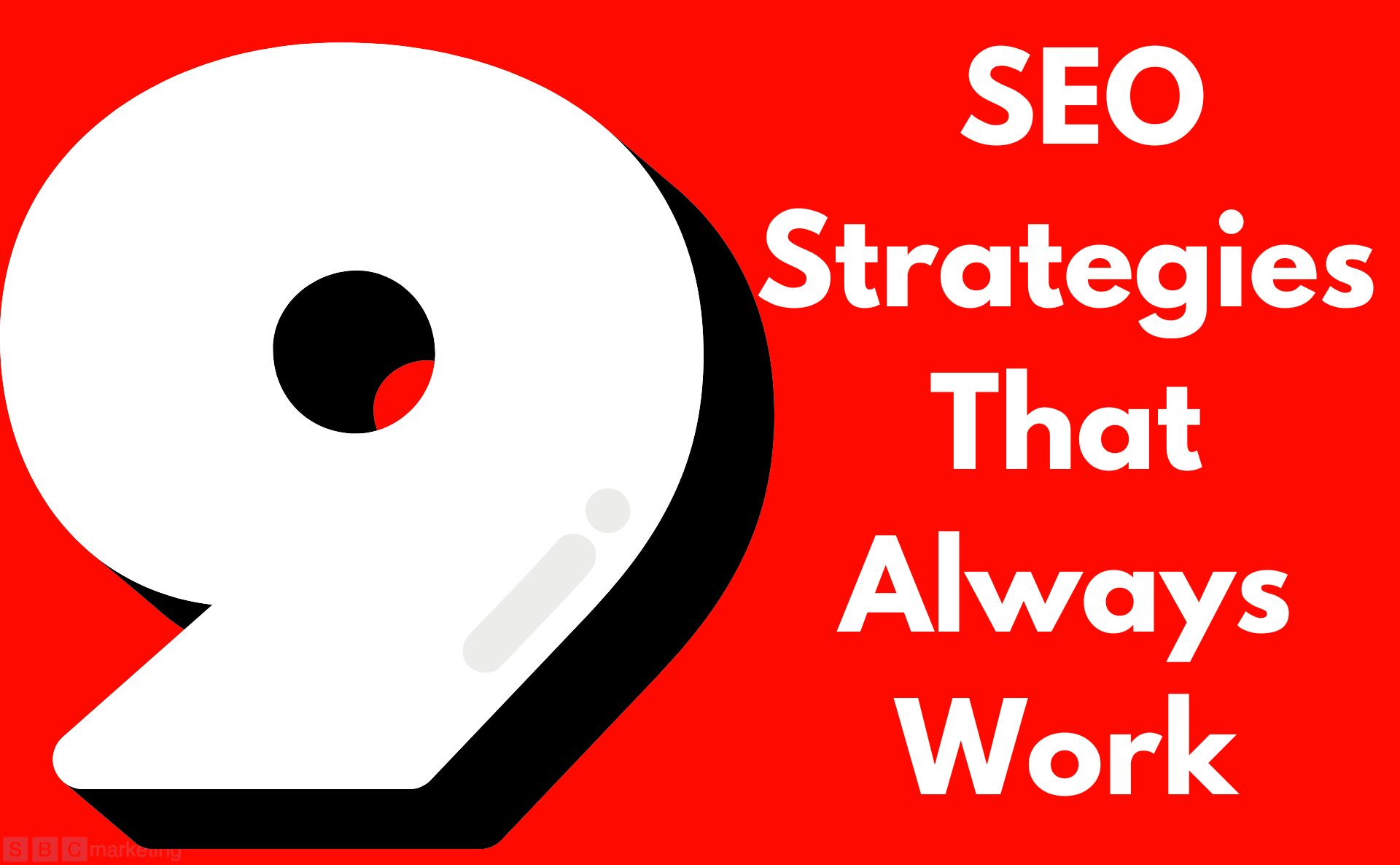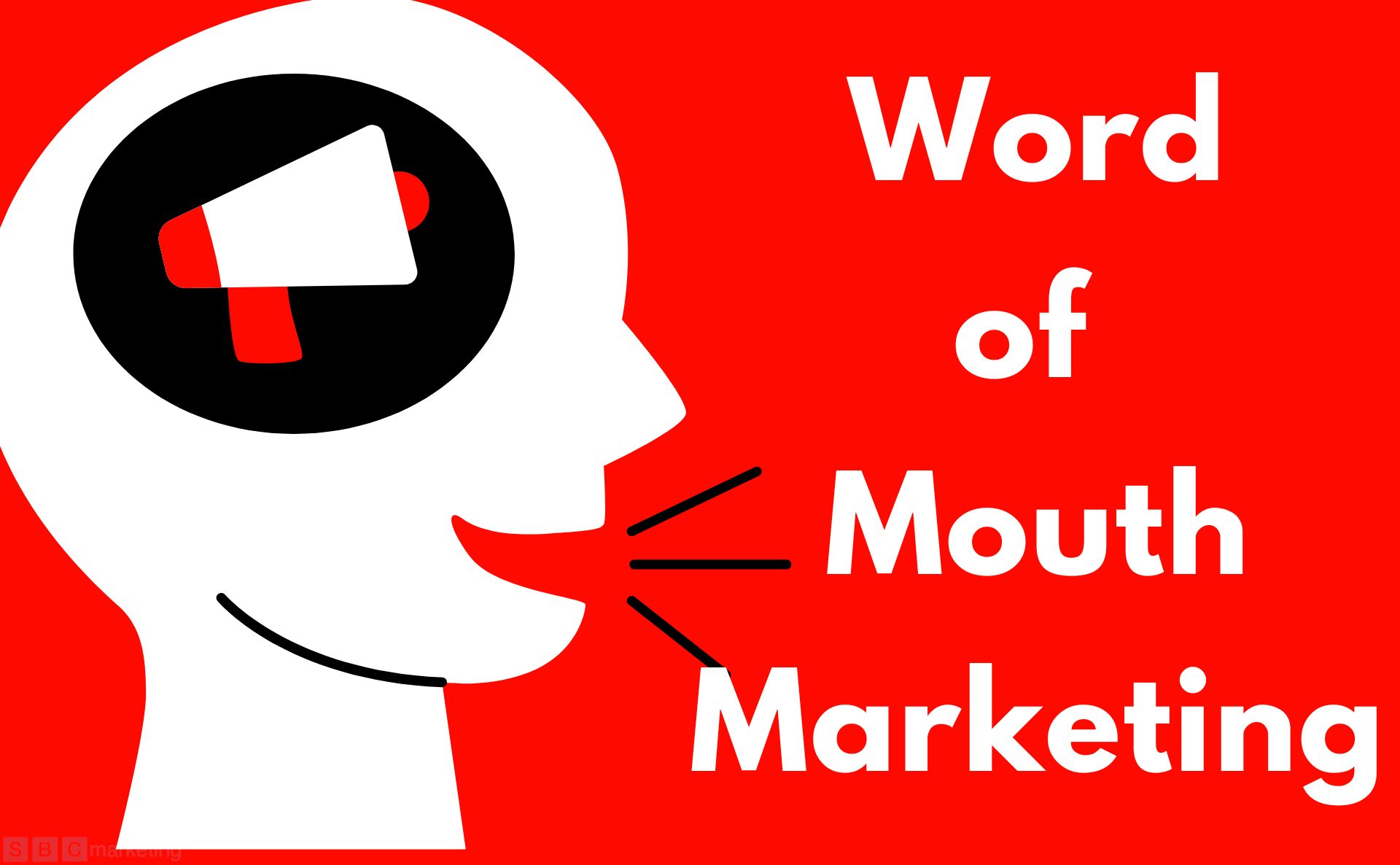GETTING YOUR NAME OUT THERE IS A LOSING STRATEGY AND HERE IS WHY:=
1. Oversaturation:
Small business owners often believe that flooding the market with their brand is the key to success. However, in a crowded marketplace, aggressive efforts to get your name out there can lead to oversaturation. When everyone is vying for the same consumers’ attention, it becomes increasingly difficult for a brand to stand out. The result? Your message gets lost in the noise, and you fail to distinguish your business from the competition.
2. High Costs:
Aggressively promoting your business can be expensive, especially for small businesses with limited budgets. Allocating a substantial portion of your budget to marketing might seem logical, but it could also leave your finances stretched. You might find yourself in a situation where you’re spending more on getting noticed than you’re making in profit, leading to financial struggles.
3. Ineffective Targeting:
A common mistake in pursuit of visibility is using a broad approach that casts a wide net, hoping to reach as many potential customers as possible. However, this may not effectively reach your target audience, resulting in wasted resources. A more precise and well-defined target audience is essential for small businesses to maximize the return on their marketing investments.
4. Brand Dilution:
Overexposure can dilute your brand’s identity. When you push for extreme visibility, your brand might lose its uniqueness and appeal. The result is that consumers struggle to distinguish your brand from others, and the qualities that once made it appealing become blurred.
5. Time-Consuming:
Pursuing high visibility can be incredibly time-consuming, diverting your attention and resources from core business operations. Small business owners often have limited resources and wear multiple hats. When you’re too focused on getting your name out there, you risk neglecting essential aspects of running your business efficiently.
6. Short-Term Gains:
Focusing solely on immediate visibility might yield short-term gains, but it could sacrifice long-term sustainability. It’s not enough to attract customers today; you need a strategy that retains and grows your customer base over time. Otherwise, your initial visibility might be short-lived, leaving you with a fleeting burst of customers.
7. Negative Feedback:
As your visibility increases, so does the likelihood of receiving negative feedback and criticism. While some feedback can be constructive, a barrage of negative comments can harm your brand’s reputation and demotivate your team. Addressing this feedback effectively becomes crucial but can be time-consuming and emotionally draining.
8. Competitive Disadvantage:
When you expose your successful strategies in your quest for visibility, competitors may imitate them, reducing your competitive advantage. This can lead to price wars, compromising your profit margins and eroding the advantages you once held.
9. Lack of Authenticity:
Overpromotion can make your business appear insincere or inauthentic. If your marketing messages don’t align with your actual practices and values, consumers will quickly notice. Authenticity is crucial in building trust with your audience, and a lack of it can lead to the loss of loyal customers.
10. Lack of Differentiation:
Simply trying to get your name out there may not effectively communicate what sets your business apart from others. Your unique selling proposition might get lost in the crowd, making it challenging for customers to distinguish your business from the competition. Without a clear differentiator, you become just another option in a sea of choices.
11. Customer Fatigue:
Bombarding your customers with an abundance of promotional content can lead to fatigue and disinterest. While it’s important to stay top-of-mind, overdoing it can have the opposite effect. Your audience may grow weary of your messages and start ignoring them, or worse, disengage entirely.
12. Resource Drain:
Excessive marketing can lead to a significant drain on your resources. It might not yield a positive return on investment, causing financial strain. Careful allocation of your resources is essential to ensure that your marketing efforts align with your financial capabilities and provide a good return.
13. Loss of Control:
Increased visibility can attract unwanted attention, including potential crises or controversies. The more prominent your business becomes, the more vigilant you must be in managing these issues. This can divert your resources and energy away from your core business operations, leading to distractions and potentially damaging your reputation.
14. Market Saturation:
In some industries, excessive visibility may lead to market saturation. When there’s an overabundance of similar businesses offering similar products or services, it becomes challenging to carve out a unique space and compete effectively. Instead of being the standout choice, you blend into the background.
15. Ignoring Value Delivery:
Focusing solely on visibility can cause you to neglect the essential aspect of delivering value to your customers. Ultimately, what keeps customers coming back is the quality and value of your products or services, not just your name recognition. If you’re too busy promoting yourself, you may overlook the core reason people do business with you.
In conclusion, while visibility is important for small businesses, it must be approached strategically. Going overboard with visibility can lead to various challenges, including oversaturation, high costs, ineffective targeting, brand dilution, and time consumption, which may not yield the desired long-term success. Balancing visibility with other aspects of business operations is essential for a more sustainable and effective strategy.
SOME OF THE FREQUENTLY ASKED QUESTIONS:-
- What are some alternative strategies for small business owners aside from getting their name out there?
- Focus on niche marketing.
- Build strong customer relationships.
- Leverage word-of-mouth marketing.
- Create valuable content.
- How can I determine the right level of visibility for my small business?
- Conduct market research.
- Set clear goals for your business.
- Monitor and adjust your marketing efforts.
- Are there cases where increased visibility can harm a small business?
- Yes, when visibility leads to oversaturation or negative attention, it can harm a business.
- What are some cost-effective ways to increase brand awareness without overspending?
- Social media marketing.
- Content marketing.
- Collaborations with complementary businesses.
- How can I maintain brand authenticity while seeking more visibility?
- Stay true to your brand values.
- Be transparent in your marketing.
- Engage with customers genuinely.
- Can you provide examples of small businesses that faced issues due to excessive exposure?
- Some businesses faced backlash for tone-deaf marketing during sensitive times.
- What’s the relationship between visibility and long-term success for small businesses?
- Visibility alone doesn’t guarantee success; it must align with delivering value and meeting customer needs.
- How can small businesses effectively differentiate themselves in a competitive market?
- Find a unique selling proposition.
- Offer exceptional customer service.
- Develop a strong brand identity.
- What are some signs that my marketing efforts are becoming too aggressive?
- High customer complaints.
- Increased unsubscribes or unfollows.
- Negative online reviews.
- How do I strike a balance between marketing and delivering value to customers?
- Prioritize delivering value in your business operations, then complement it with marketing.
- Are there industries where “getting your name out there” is more effective than others?
- Industries with rapidly changing trends may benefit more from high visibility.
- What should I do if I’ve already oversaturated my market with my brand?
- Reevaluate your marketing strategy.
- Focus on brand differentiation.
- How can I handle negative feedback and criticism resulting from increased visibility?
- Address concerns professionally.
- Use criticism as an opportunity for improvement.
- What are some strategies for managing a crisis caused by excessive visibility?
- Apologize and make amends.
- Communicate openly and honestly.
- Can you share success stories of small businesses that focused on delivering value over visibility?
- Toms Shoes is an example of a company that prioritized social impact and customer value over
Ready to find a balanced strategy for your small business’s success? SBC Marketing London can help. Contact us today for personalised advice and actionable marketing solutions tailored to your business’s unique needs. Achieve the right level of visibility while focusing on delivering value and authenticity. Your long-term success starts here.










